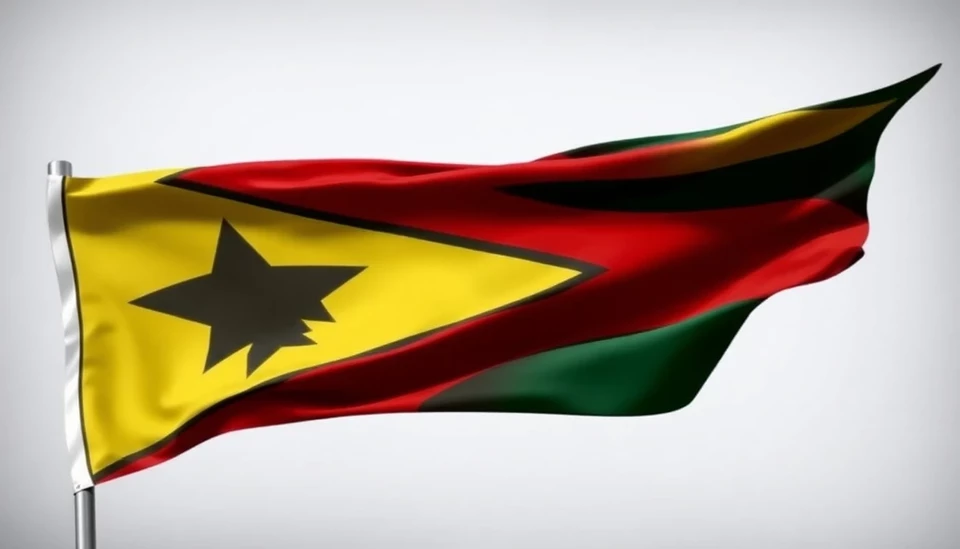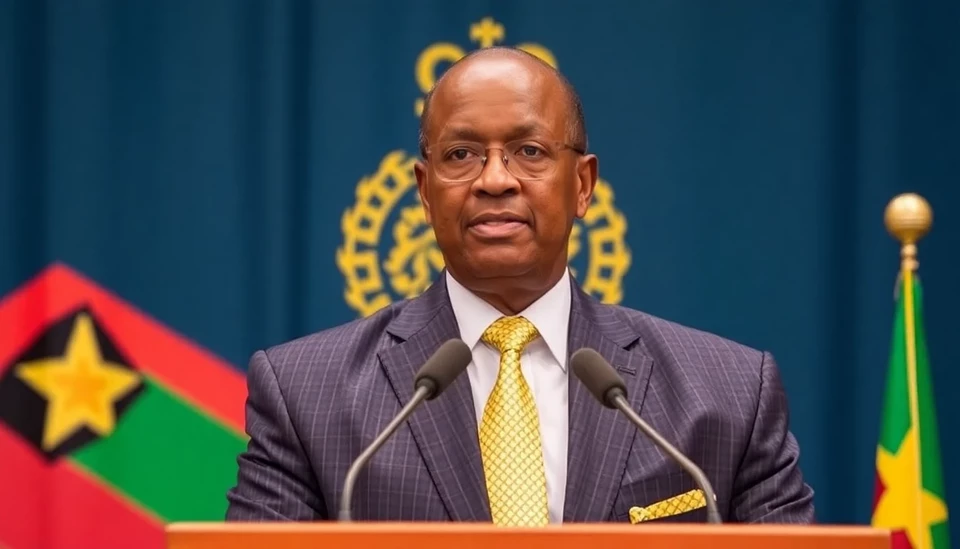
In a striking development in Zimbabwe's economic landscape, the nation is experiencing a severe liquidity crunch that has propelled the US dollar to the forefront of its economy. This situation has unfolded against the backdrop of chronic hyperinflation and widespread cash shortages, leading many businesses and individuals to increasingly rely on the US dollar for transactions and savings.
The surge in dollar usage is indicative of public distrust in the local currency, the Zimbabwean dollar, which has suffered significant depreciation over the past few years. This trend reflects a broader pattern seen across various nations struggling with economic instability, where foreign currencies, especially the US dollar, are favored for their perceived stability and reliability.
As Zimbabwe grapples with these economic challenges, the government is warning that the liquidity crunch could worsen. The Reserve Bank of Zimbabwe has implemented measures to stabilize the local currency and enhance liquidity; however, these efforts seem insufficient to quell public concern. The central bank has faced criticism for its inability to manage inflation, which stands at staggering levels, further exacerbating the crisis.
Small businesses are particularly affected, as a lack of cash flow stifles their operations and growth potential. With many transactions now conducted in US dollars, businesses are seeking ways to adapt, such as adjusting pricing strategies and focusing on dollar-based goods and services. This shift suggests a deepening reliance on foreign currency that could reshape Zimbabwe’s economic framework.
The situation has become increasingly urgent as citizens find themselves hoarding US dollars, further diminishing the availability of cash in the local economy. Many are turning to informal markets where US dollars are exchanged at premiums over the official rate, highlighting the dichotomy between the official and black market exchange rates. The government’s attempts to regulate this market have met with limited success, prompting questions about its efficacy in restoring economic confidence.
As the liquidity crisis unfolds, traders and market vendors are adjusting to these new realities, often resorting to dollar transactions while grappling with the challenges of a fragile local financial system. The consistent decline in the value of the Zimbabwean dollar has led more individuals to perceive the US dollar as a safe haven, leading to a potential dollarization of the economy — a situation where the US dollar could dominate not just as a means of exchange but as a standard of value.
This deep-seated economic imbalance raises significant concerns for the future of Zimbabwe’s monetary policy and economic sovereignty. Experts suggest that without effective policy interventions and greater transparency from the government, the reliance on foreign currency may persist, hampering efforts for economic revitalization and stability.
As of now, the impact of this liquidity crunch continues to ripple through various sectors of the economy, provoking both anxiety and adaptation among citizens and businesses alike. The road ahead appears challenging, with rising costs of living, fluctuating exchange rates, and dwindling local currency confidence laying the groundwork for an uncertain economic future.
In conclusion, the current economic predicament highlights the critical necessity for meaningful reforms and measures aimed at restoring public trust in the local currency. Without such efforts, Zimbabwe may find itself trapped in a cycle of dependency on foreign currency, further complicating its economic recovery.
#ZimbabweEconomy #USDominance #LiquidityCrisis #Hyperinflation #EconomicStability #CurrencyCrisis #ZimbabweanDollar #FinancialReform #ForeignCurrency
Author: Daniel Foster


